Brine is fine, but hot air can extend the life of your homegrown produce too
 Rylan Krause (Cook '12) is not a fan of harsh flavours. He'll avoid things like salt and vinegar chips, hot sauces and pickled whatever.
Rylan Krause (Cook '12) is not a fan of harsh flavours. He'll avoid things like salt and vinegar chips, hot sauces and pickled whatever.
“It's just too much for me,” says the executive chef at Ernest’s Dining Room, NAIT’s on-campus teaching restaurant.
But something Krause likes even less is wasting food, especially at a time when grocery prices are high.
So what’s he to do when he has food he wants to preserve?
“The joke with my friends is that I will turn anything into a powder,” he says.
That is, he’ll dehydrate it. Not everything gets dried down and ground up, but Krause runs his food dehydrator almost everyday as he experiments with turning fresh foods into ones that, thanks to near-zero moisture content, will be shelf-stable and packed with flavour for months.
Here’s how, instead of boiling brine, Krause uses a standard appliance and a little patience to turn common ingredients – many of which might come from your own garden – into extraordinary ingredients and snacks.
Sweet and savoury powders
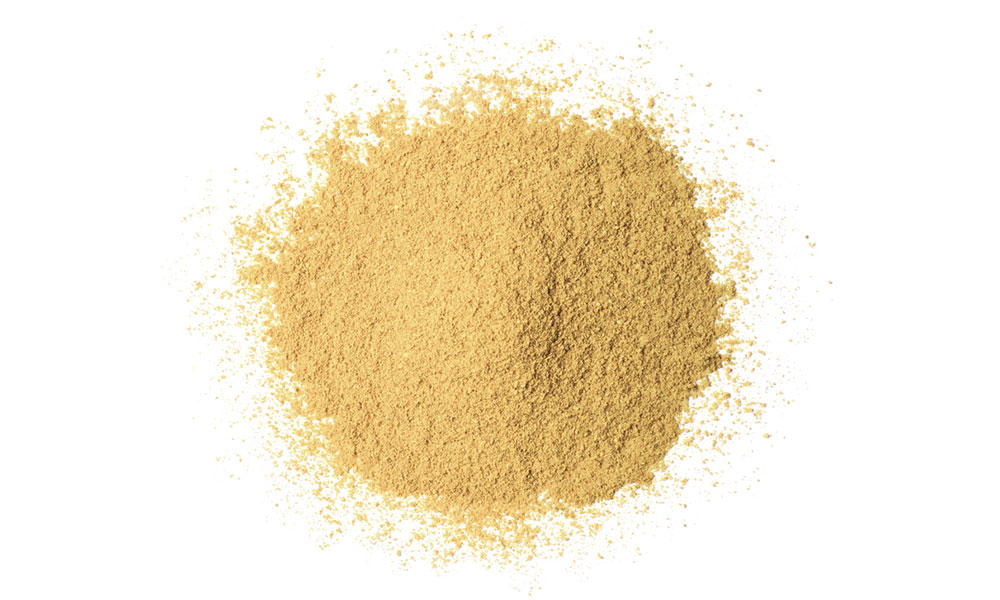
Though his friends may joke, Krause likes powders for bringing intense flavour to a dish, like he’s done with a grilled cauliflower risotto, finished with a dash of charred leek dust. Basically, Krause cooks them until black, pulverizes them (a coffee grinder will work) and then removes all moisture by dehydrating it for a few hours.
“It was like a deep, smokey flavour.”
For a milder version, but with no less of an umami punch, Krause will pop fresh green onion into the dehydrator.
On the sweeter side – say, as an ingredient to use in pancakes – Krause has taken a similar approach with berries (minus the charring). “Two or three years ago, I dehydrated a bunch of raspberries, pulverized them, and I'm still using that power.”
Sweet and savoury snacks
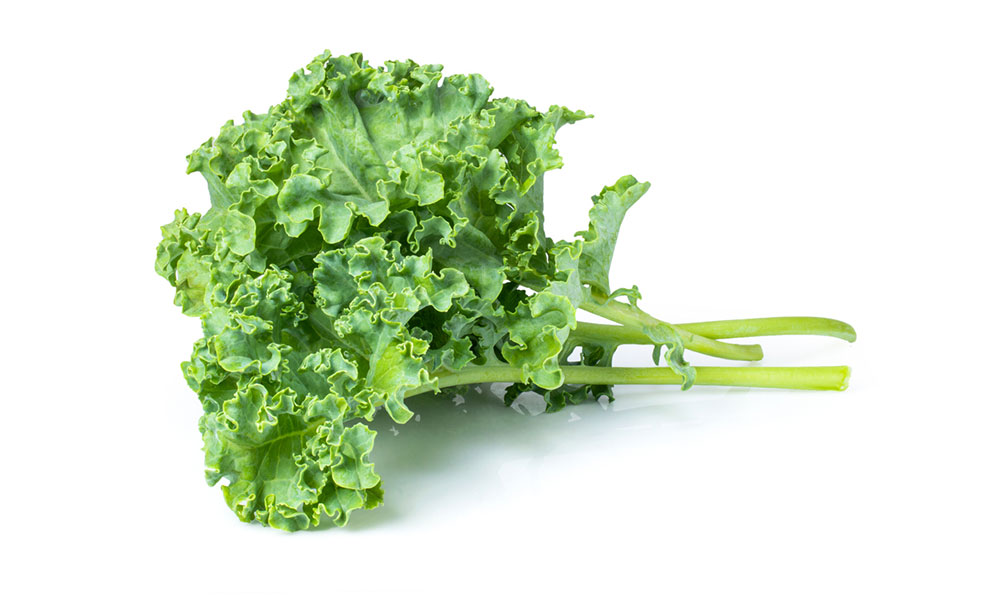
Just because Krause doesn’t like salt and vinegar doesn’t mean he doesn’t like chips.
In fact, he says, “Chips are the best.”
For crispy zucchini pieces, Krause goes for a near-paper-thin cut, work that’s made short by a mandoline if you have one. (Too thick and they’ll have a spongey centre.) A bit of smoked paprika before drying gives them a sophisticated kick.
And, of course, kale makes a classic chip.
In no case does Krause add oil before drying. Instead, he’ll toss slightly damp vegetables with a small amount of nutritional yeast and salt (no more than 10% of the mix) and pepper, then gently massage in the seasoning.
It’s a dryer, not a cooker
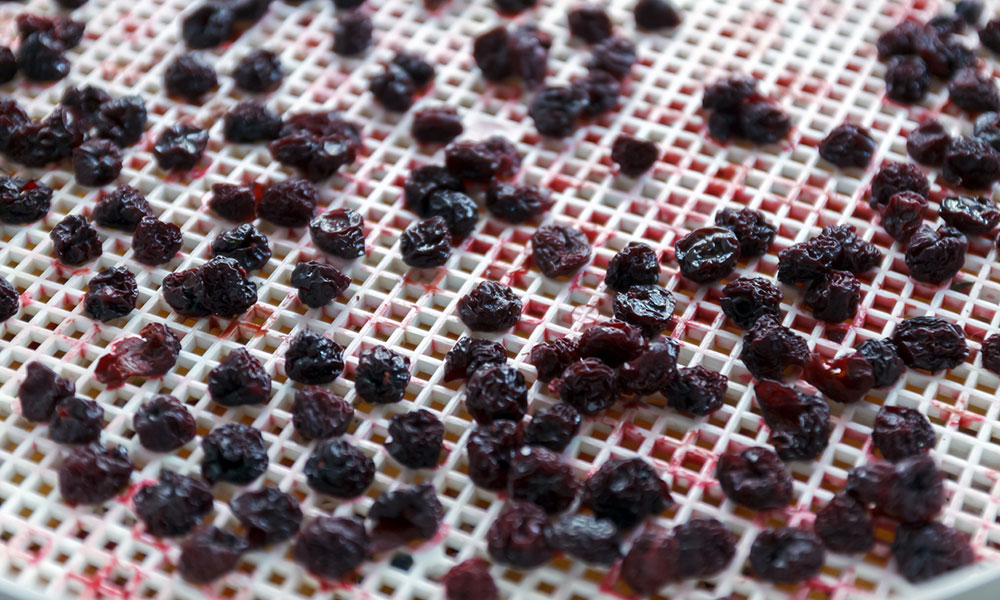
Budget for around four hours of drying time for the kale and at least as long for the zucchini. Something like a raspberry or blueberry, however, might take 72 hours. Don’t be afraid to check and taste frequently, Krause suggests.
But the most important variable may be temperature. Krause’s goal is to maintain a sense of freshness despite the dryness. To get there, he keeps the heat around 40 C. Otherwise, “It kind of tastes cooked, and I'm trying to avoid that,” he says.
Keeping things separate – sometimes
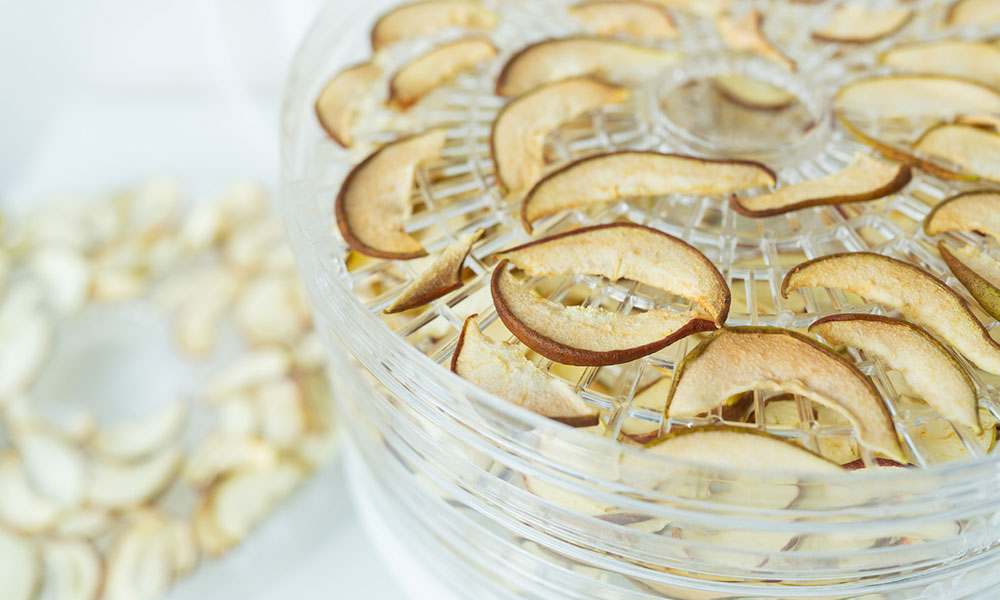
Krause encourages experimentation in dehydration, but also recommends checking your ambition in some cases. Your machine has several racks, which might get you thinking of drying a lot of different material at once. But if you wouldn’t eat them together – like say, strawberries and onions – don’t dry them together.
“Especially when you're using fruits and vegetables, they're so porous before they dehydrate, they'll take on [each others’] flavours,” says Krause.
That said, if you like your banana chips with a hint of cherry, he adds, feel free to mix and match.
Fringe benefits
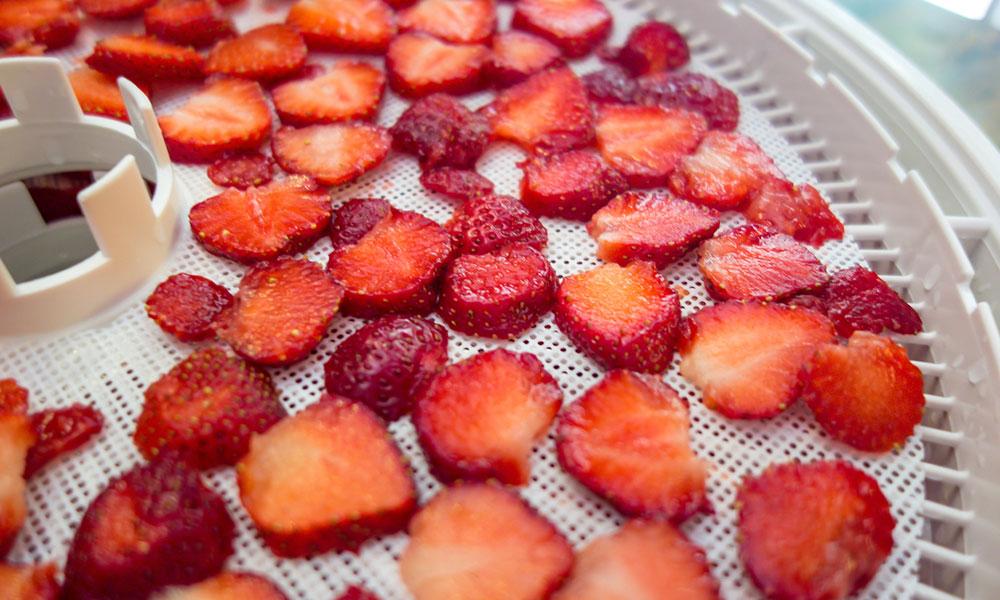
Dehydrators work by passing warm air over food to draw out the moisture. That moisture then passes out of the machine and into the room – which is especially nice, says Krause, when you’re dehydrating strawberries.
“Your house smells like a jam factory,” he says. “It's the greatest.”